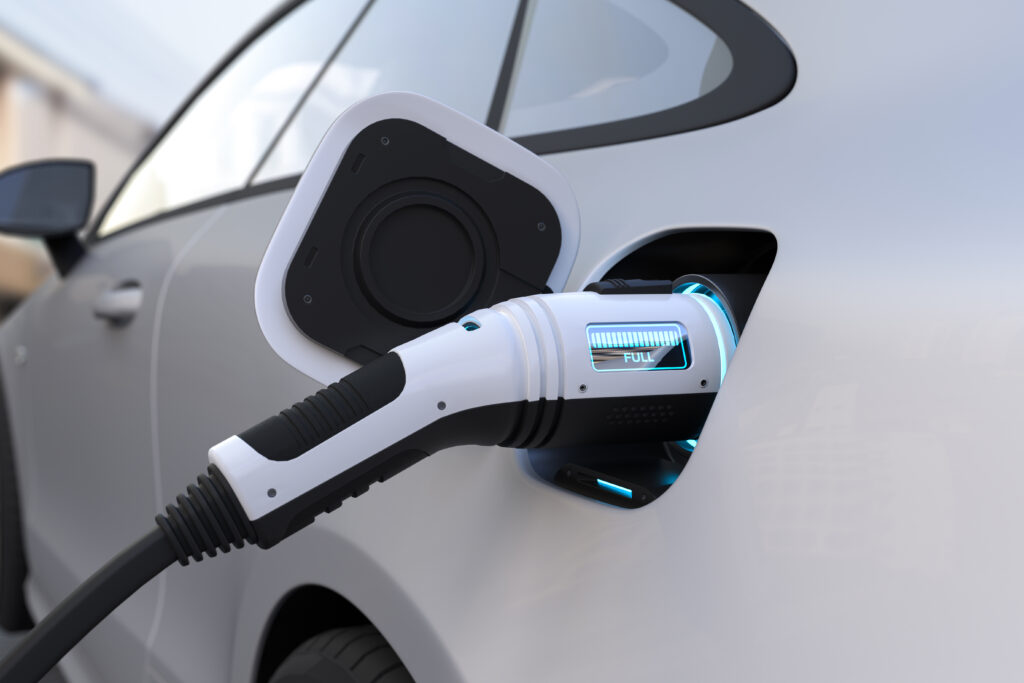Read More: https://www.raycap.com/the-future-of-electric-vehicles/
For many years, there was a stigma surrounding electric vehicles. They were viewed as underpowered and without style. For the most part, they were marketed to the portion of the population who cared about conservation and reducing the footprint that they had on the planet. For these reasons, the car manufacturers did not prioritize the things that car buyers typically search for in a car, power, luxury and style. Instead, cars were made to prioritize the economy and lower costs. Tesla changed all this with the introduction of a luxurious and powerful car and created a cult following as a result.
For this reason, the entire electric car market was lifted as other manufacturers put their own versions into production. The growing popularity of electric vehicles as a result of this wave of consumer interest is that Teslas also came with their own network of chargers that were able to deliver higher capacities. One issue that still remains problematic with electric vehicles is that they do not have the capabilities of range that equal gas-powered cars, and it takes a long time to charge them.
A typical charge from a charging station is more than a two hour wait, Teslas being more like 30 minutes. Compare this with ten minutes at a gas station and you can see why there are less than 2% electric vehicles being sold in the United States every year. This small number hinders the interest that gas station owners would have in investing the money that is necessary to convert a portion of their space to electric vehicle charging. As a result, the electric car market stagnates to small growth numbers, overshadowed by Tesla that has a larger interest but not enough to make a dent in the gas-powered car market.
The charging issue is being tackled by a cooperative effort between the US government and the independent owners of gas and charging stations to expand the universal chargers network. These must be the upgraded “level 3” types capable of handling the higher loads necessary to charge vehicles within the 30 minutes that Tesla has benchmarked. A station owner’s investment to include this kind of technology is more than a quarter-million dollars in many cases, so the government is encouraging this investment with rebates and tax incentives.
It is assumed that if a wider availability of rapid chargers is available, more people will buy all brands of electric cars, and therefore decrease the country’s reliance upon oil. One way this is being encouraged through the private sector is to create more technologically advanced surge protection for EV charging stations, which will help reduce the ongoing maintenance necessary. The risks associated with the operation of these types of stations come from many sources, including power surges and lightning strikes, which can damage vehicles and internal equipment. Through EV surge protection, these risks can be reduced enough to encourage investment.

